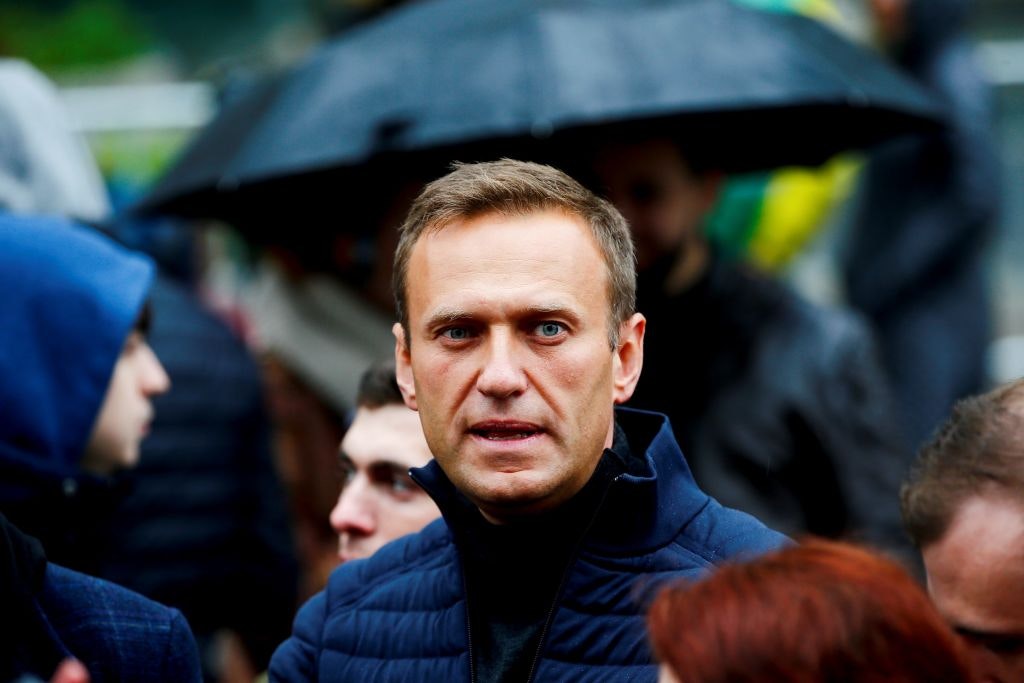How many Nationalist parties does it take to change a lightbulb?
Will Salmond’s Alba Party split or maximise the pro-independence vote in May?
“This is perhaps the most predictable development in Scottish politics for quite some time” began the SNP’s official response to the news that Alex Salmond has formed his rival, Alba Party. “At this time of crisis, the interests of the country must come first and should not be obscured by the self interest of someone who shows no sign whatsoever of reflecting on serious concerns about his own conduct – concerns which, to put it mildly, raise real questions about the appropriateness of a return to public office.”
Well, what did we expect, that the Scottish National Party would wish “Wee Eck” the best of British? The vituperative tone leaves no doubt that the SNP’s former leader now occupies the place in party propaganda that Stalin accorded Trotsky.
But should the SNP be worried or is Salmond doing their cause – if not their party – a favour? Can his Alba Party deliver what he describes as a “supermajority” for independence?
The Holyrood parliament is composed of 129 MSPs, of which 73 are elected to represent their constituencies by first-past-the-post. A further 56 are elected as representatives of eight regions on a proportional basis. Salmond’s Alba Party will only contest the regional lists, leaving a clear run for the SNP in the constituency vote.
At his launch press conference, Salmond explained clearly the consequences of this two-part voting system. At the last Holyrood election in 2016, the SNP’s success in the constituency-level vote was on such a scale that the regional list top-up offered them scant further reward – just four more MSPs. This time could be worse. The most recent Survation/Courier opinion poll (fieldwork: 11-18 March, before the Hamilton inquiry effectively absolved Sturgeon on breaking the ministerial code) suggests that on 6 May, the SNP is heading for 50 percent of the vote at constituency-level. Consequently they will not be topped-up with any regional list MSPs.
As Salmond pointed out, if this happens then potentially one million votes cast for the SNP on the regional list will be wasted. By contrast, if these SNP voters switched to his Alba Party just for the regional list ballot paper, that will secure more pro-independence MSPs and thereby the “supermajority” to demand an IndyRef2.
the SNP’s former leader now occupies the place in party propaganda that Stalin accorded Trotsky
But will it? Salmond has been acquitted in court of all criminal charges. But many Scottish voters are still repelled by what they take to have been his personal conduct. Not all are unionists. Many are SNP voters who additionally (and especially) detest the way in which Salmond has sought to undermine their heroine, Nicola Sturgeon. No war is more bitter, after all, than a civil war.
Salmond continues to enjoy significant loyalty amongst nationalist activists who think him the Big Man of their movement and who despair at Sturgeon’s lack of a Plan B if Boris Johnson refuses to grant a second independence referendum even if the SNP does win a majority in May.
But Salmond’s appeal to nationalist activists should not be confused with his fading allure to nationalist voters. YouGov polling from February suggested that amongst those who voted SNP in 2019, only 14 percent believed Salmond had “generally told the truth” in his testimony against Sturgeon. By contrast, among this same group, only 13 percent thought Sturgeon had “not generally told the truth.”
Salmond’s Marmite attraction is not Alba’s only problem. He has only days to find and approve candidates to stand for his new party. Three of them were unveiled at the launch conference including the former SNP leader of Inverclyde council, Chris McEleny. Salmond is seeking to run a minimum of four candidates in each of Scotland’s eight regions (so, 32 candidates in total). No doubt willing patriots will step forward. However, by law, candidate nominations must be lodged by 31 March (next Wednesday). That does not leave much time to vet candidates. Thus the potential for some reputational liabilities to slip through should be obvious – particularly amongst folk who think the problem with the SNP is that it does not bang on about independence enough.
Certainly voting for Salmond’s alternative pro-independence party is a means of “gaming” the electoral system to maximise the number of pro-independence MSPs returned by proportional representation. But SNP voters who understand how the arithmetic penalises their party at the regional list level already know this. As in 2016, some were therefore preparing to tactically vote Green on the regional-list since the pro-IndyRef2 Greens are, effectively, “the gardening section of the SNP.”
The question now is how many of these SNP/Green votes will switch to become SNP/Alba votes? Depending on how this switch works out, the result could be that Green and Alba list candidates gain votes only at each others’ expense. The MSPs that the Greens were on course to secure might instead be Alba MSPs – with no net gain for the independence cause. Or, worse, the Green/Alba vote-splitting could cause both to fall short of the threshold above which they secure MSPs.
A final thought: should a pro-independence majority be elected on 6 May, will the resulting campaign for the second referendum be helped or hindered by Sturgeon’s dependence upon Salmond to get her strategy through Holyrood?
Enjoying The Critic online? It's even better in print
Try five issues of Britain’s newest magazine for £10
Subscribe














